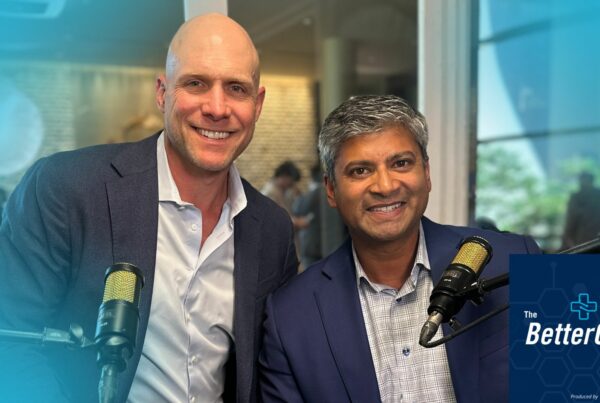The pressure has never been higher for hospital leadership to strive for excellent healthcare delivery while balancing the health of their finances, clinicians, and patients. For revenue cycle leaders, denial management is often at the top of their challenge list.
To help provide insight on areas of improvement for the revenue cycle, we recently published a research report – Denial Management Starts in the Emergency Department – on market forces impacting the revenue cycle, how admission decisions are increasing denials, and the importance of a clinically driven rev cycle that improves a hospital’s bottom line.
You can download the full report by filling out this form, but we’ve also included a brief excerpt below the form.
Hospitals have traditionally received most of their revenue from inpatients and elective surgeries. But over the last several years, there’s been a shift to more outpatient care. Rapid shifts can cause massive risk to hospital revenue if not setup for success. Payer denials—already a significant problem for many hospitals before the pandemic—only adds to the financial pressure.
Research by the Advisory Board finds that payers are denying more claims than ever, with nearly 10% of all claims now being denied. This equates to as much as 2% of net patient revenue. And a study by KFF shows that ACA Marketplace plans are particularly problematic with average denial rates at 20% of in-network claims, although some reach as high as 40%.
Each year the CMS processes over one billion Medicare Part A and Part B claims. In 2019, 7.5% of those were found to be “improper payments,” yet a significant portion of improper payments would have been payable had the service been billed in an outpatient setting instead of inpatient. This points directly to Level of Care issues.
Today, 40% of denied claims are caused by issues with medical necessity, authorizations, precertifications, medical documentation, or service coverage.
At first glance, it may seem that all the cards are stacked against hospitals when it comes to getting claims paid. And while this may indeed be the case, there are steps hospitals can take to avoid denials before they happen.
Hospital leaders who look for innovative, unconventional approaches to healthcare delivery are finding solutions to the problems plaguing health systems.
One of the most overlooked opportunities is in the emergency department (ED).
Every time a patient presents in the ED, the attending physician has to make a decision whether to admit the patient, place them in observation, or transfer them to receive care elsewhere. Making an inappropriate determination at this point is where denials are born.
Richard Flores – VP of Revenue Cycle Operations at Kindred Healthcare – believes the most successful revenue cycle is one that’s clinically driven. “It means things are done correctly at the point of care.”
The time and resources it takes to research denials, do a root cause analysis, and appeal a medical necessity related denial is extensive, especially since much of it is still done via paper. Flores says, “I think we have to make an investment into resources and tools upfront, so we don’t have this erosion of margins on the backend.”
Download the full research report here to continue reading…
EvidenceCare’s software, AdmissionCare, puts the criteria for bed status determinations directly into the EHR and gives physicians the documentation needed to get it right from the beginning. Schedule a demo today to learn more.









